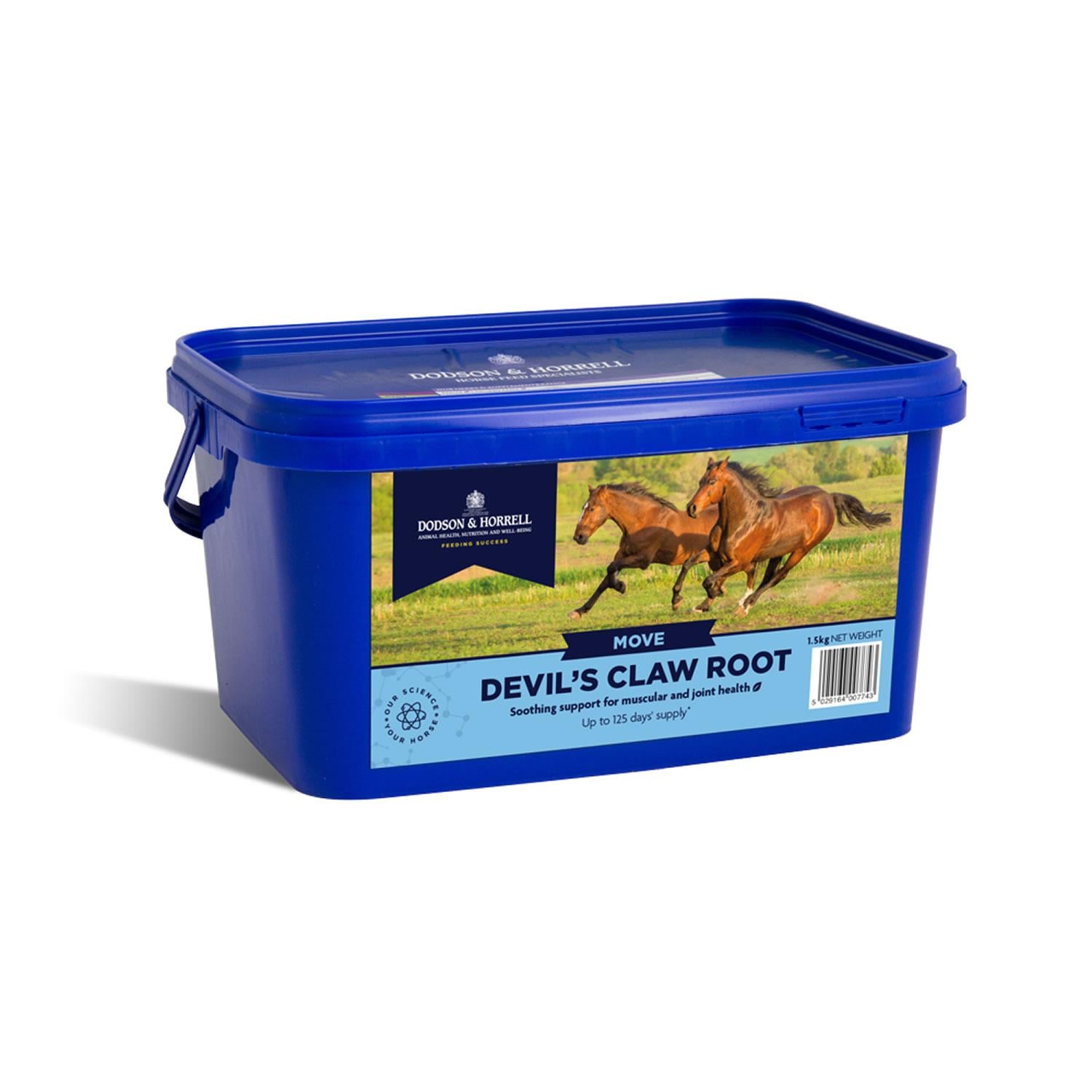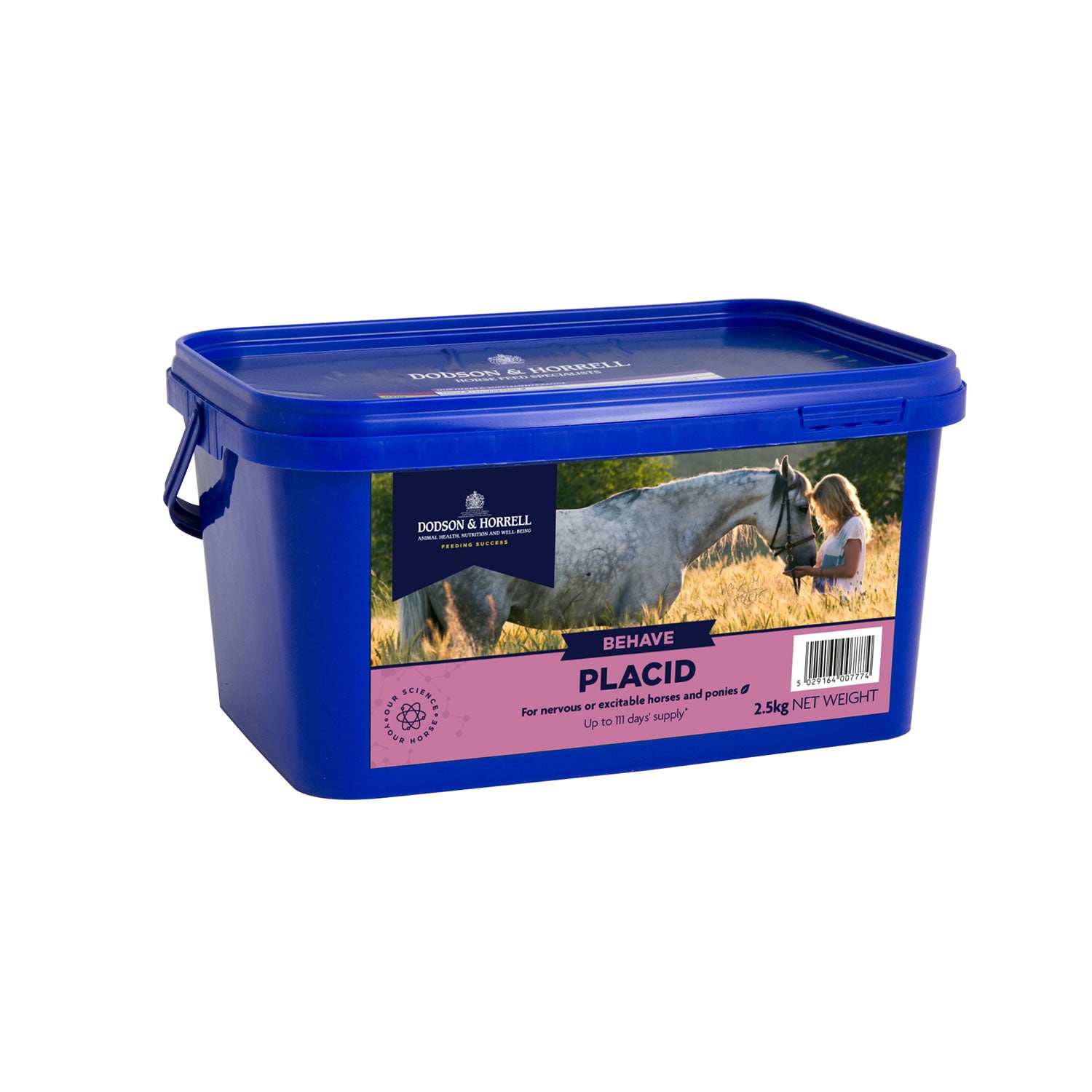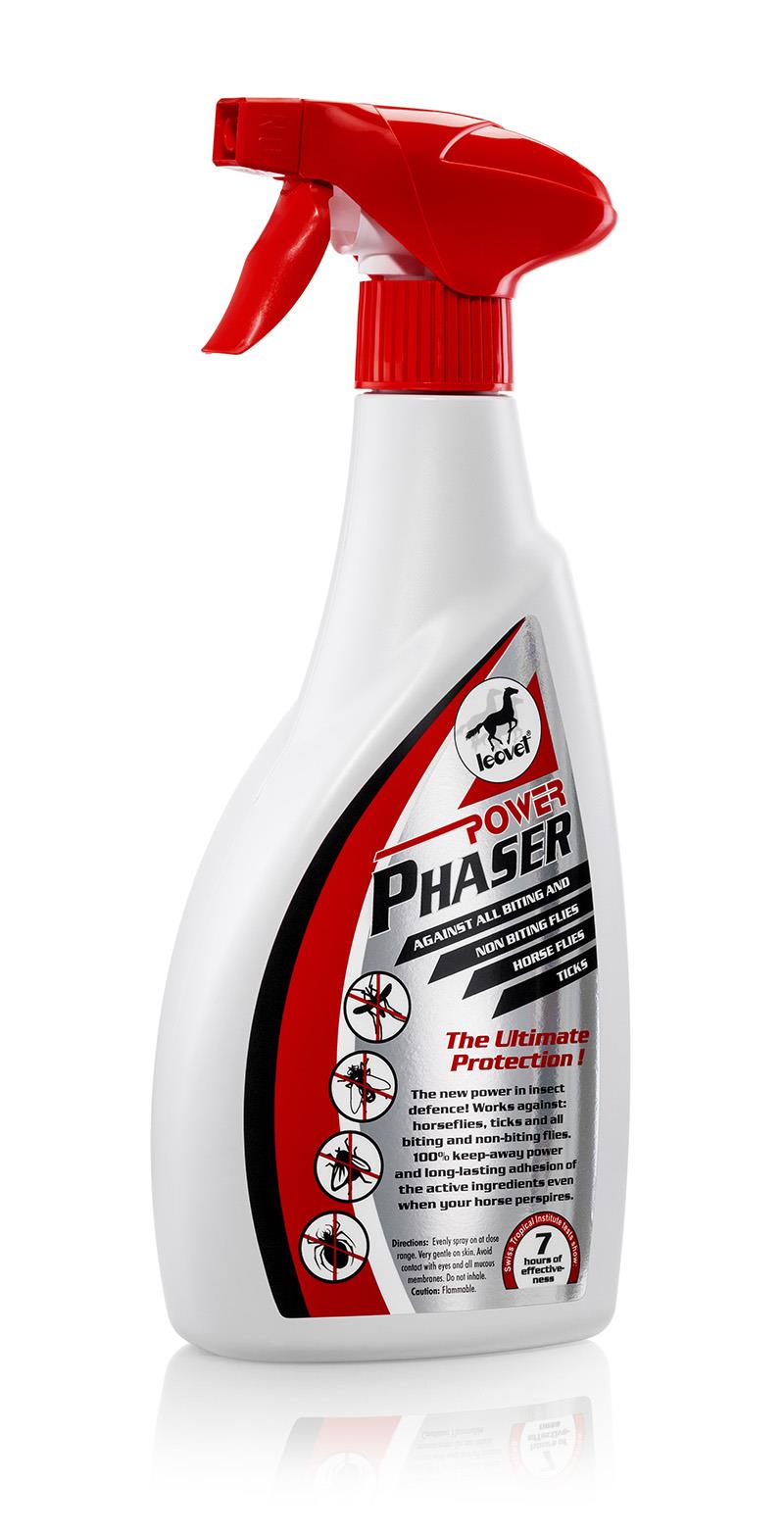Understanding Strangles: A Case in Michigan Sheds Light on Equine Health Management
Equine health is often threatened by infectious diseases, with strangles being one of the most contagious. Recently, Michigan witnessed a heart-wrenching incident resulting in the euthanization of a young Quarter Horse colt due to this disease. Herein, we delve into the dynamics of strangles, exploring its characteristics, implications, and management strategies.
What is Strangles?
Strangles is caused by the bacterium Streptococcus equi subspecies equi, and it earns its unsettling name from the symptom of severely swollen lymph nodes that can potentially suffocate the affected horse. This infection tops the chart as one of the most communicable equine diseases, spreading rapidly via direct contact or environmental surfaces contaminated by sick animals. The kicker? Some horses can play stealth mode, spreading the bacterium without showing a sniffle themselves! Such carriers maintain this contagious status for several weeks post-recovery.
Recognizing the Disease: Clinical Manifestations
Strangles dresses up in various symptoms. The mutt of fever, nasal discharge, swollen lymph nodes, cough, and swallowing difficulties is iconic for this illness. Accurate diagnosis leans on PCR testing technology—kind of like a CSI operation on germs—using nasal swabs or samples from abscesses. Although most infected horses soldier through within a month, severe cases throw antibiotics into the care package to help our equine pals overcome the misery.
Case Spotlight: The Michigan Foal
On March 15, 2025, a Quarter Horse colt in Macomb County began exhibiting classical strangles symptoms, such as fever and enlarged lymph nodes. Swiftly deteriorating into lethargy and hindlimb weakness, the young colt faced an unfortunate destiny with euthanasia on April 1 due to the escalation of its conditions. This case underscores the ominous progression strangles can take and its threat to equine health.
The Role of Biosecurity and Vaccination
While vaccines for strangles exist, their effectiveness doesn't always promise fireworks. Hence, biosecurity measures—think of them as protective cocoons—are every horse owner's best defense. Adopting protocols such as quarantining new horses, maintaining hygiene, and keeping barns cleaner than an operating room stand central to managing spread. Additionally, the Equine Disease Communication Center (EDCC) provides valuable disease reports, supporting informed decision-making for all equine caretakers.
New Directions for Strangles Research
There's a bountiful pasture of research awaiting exploration in the world of equine diseases:
- Deep Dive into Epidemiology and Control: Investigating how strangles catapults itself across equine communities can seed more effective containment strategies.
- Emergent Diagnostic Technology: Speedier, more accurate diagnostic methods couldn't come fast enough, potentially curbing outbreaks before they escalate.
- Boosting Vaccine Efficacy: Testing and developing newer, more reliable vaccines could lull this infection to a dormant state.
- Reexamining Antibiotic Use: Delving into antibiotic impact is essential to preventing resistance and empowering equine immunity against infections.
- Historical Outbreak Comparisons: Learning from past outbreaks could reveal patterns and potentiate strategies innately tailored for triumph.
Conclusion: Strangles and the Path Forward
The tragic case of the Michigan colt is a sobering reminder of the precariousness of equine health in the face of infectious diseases. However, by arming ourselves with knowledge, investing in research, and implementing robust preventive practices, the equine community can stand unified against such challenges. In the end, it’s about keeping our horses healthier and happier, galloping joyously on fields and in hearts alike.
For further information regarding the story mentioned herein, you may refer to The Horse.






















